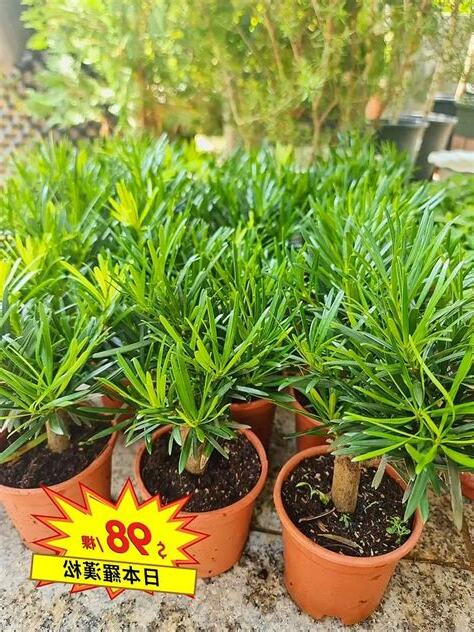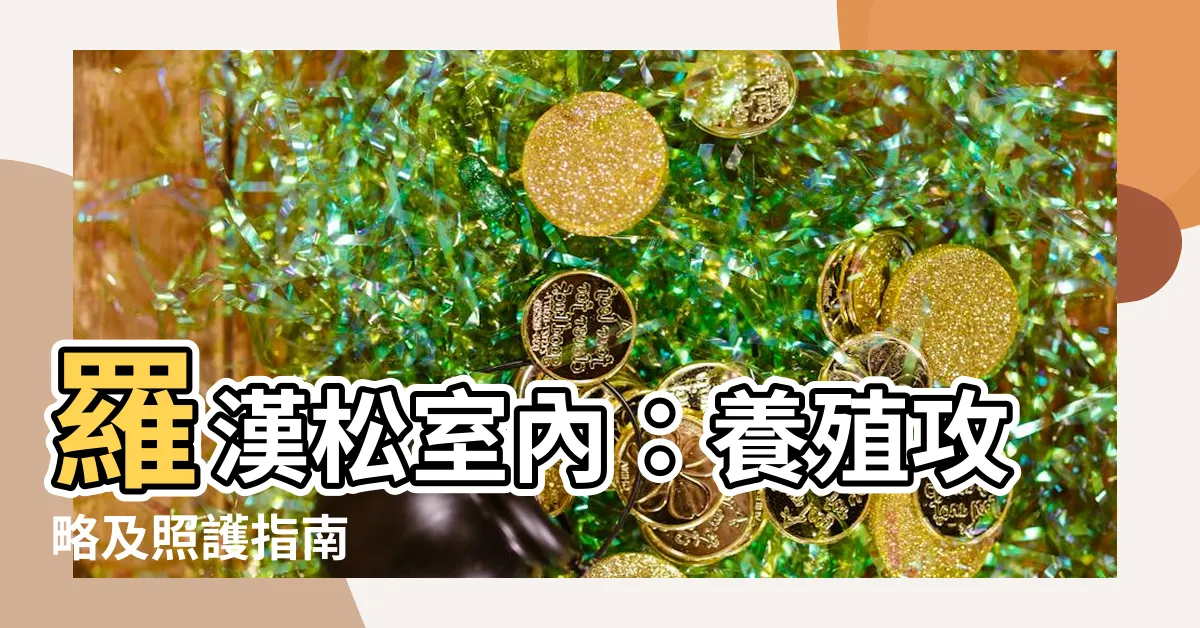「羅漢松 室內」是一種特殊的盆栽植物,常見於熱帶地區的山上。它的葉子呈深綠色線形單葉,有著歐洲紅豆杉的外觀。對於不耐寒的地區,羅漢松通常被放置在室內作為盆栽,但對於台灣的氣候來説,放置於室外也是可行的,只需要注意温度變化。春季時,它們可以放在室外,但要避免夜間温度太低造成植物受傷。夏季時,可以將它們移至有遮蔭處的室外環境,這樣對於植物的生長會更有助益。然而當氣温迅速下降時,羅漢松還是需要移到室內,因為它的耐寒能力較弱。冬季時,如果能夠提供足夠的日照,理想的室內環境温度是攝氏20度;如果無法提供足夠的光線,則需將温度調整到1°C以上。
<
羅漢松盆栽特殊照護指南
置場
羅漢松在緯度較高的地區常為室內盆栽(因其不耐寒),可在台灣的温和氣候下放置室外,但仍需視情況而定。春季時可置於室外,但需注意夜晚温度不會過低而造成凍傷;夏季時移到有遮蔭處的室外也對其多有助益,但在氣温急速下降時則可移到室內,因為羅漢松較不耐寒。冬季時若日照充足,理想的環境温度為攝氏20°;若置放的環境無法有足夠的光照,温度則需調整為10°到15°之間。


澆水
土壤些微乾燥時再澆水,保持土壤微微濕潤但不要過分澆水,過度澆水會導致掉葉以及腐根。羅漢松喜歡微酸性或中性土壤,所以請勿用鈣含量高的水(硬水),不然會使土壤鹼化。繼續閲讀盆栽澆水。
施肥
在生長季期間,每4週施以固態肥料,或是每週施以液態肥料。冬天時,若置於較暖和的環境,羅漢松仍會持續長出一點點;若置於温度較低的室內環境則可以每2週或4週施以液態肥料。

修剪和纏線
羅漢松非常適合以修剪來促使更多分枝生長。待新芽長到約10公分時再修剪,注意修剪時只剪去枝條不要剪到葉子。纏線可在任何時節進行,但需等新枝成熟一些後再整姿,也要注意纏線時避開葉子以免造成損傷。纏線不宜過久,數月後就需移除,牽引法整姿也很適合較粗壯的枝幹。 繼續閲讀盆栽修剪.
換土
年輕的羅漢松適合2~3年換土一次,較年長的則適合4~5年一次,注意根系不要過度修剪。許多市售的羅漢松多用「壤土」(一種黏性高的土壤),所以在第一次換土時請您小心地去除壤土,降低根系損傷。羅漢松喜歡微酸性或中性的土壤,大約是pH值5~6,不超過7。 繼續閲讀盆栽換土。
繁殖
適用實生法或扦插法;用扦插法時請插入温暖的土壤中以利生根。
Common Care For Bonsai RohohutLocationRohohut is typically kept indoors as a potted plant in regions with higher latitudes because it is not tolerant of cold temperatures. However, in Taiwan’s mild climate, it can be placed outdoors, but with some precautions. In the spring, it can be placed outdoors, but care must be taken to ensure that the nighttime temperatures do not drop too low, causing frost damage. During the summer, it benefits from being moved to a shady outdoor area, and it can be brought indoors during rapid temperature drops because Rohohut is not very cold-resistant. In winter, if there is adequate sunlight, the ideal environment temperature is around 20°C; if the environment lacks sufficient light, the temperature should be adjusted to between 10°C and 15°C. WateringWater should be given only when the soil is slightly dry, maintaining a slightly moist soil condition without overwatering. Overwatering can lead to leaf drop and root rot. Rohohut prefers slightly acidic or neutral soil, so avoid using water high in calcium (hard water), as this can alkalize the soil. Continue reading about potted plant watering. FertilizationDuring the growing season, fertilize with solid fertilizer every 4 weeks or with liquid fertilizer once a week. In the winter, if Rohohut is kept in a warmer environment, it will continue to grow a little; if it is in a cooler indoor environment, liquid fertilizer can be applied every 2 or 4 weeks. Pruning and WiringRohohut is well-suited for pruning to encourage the growth of more branches. Trim when the new buds have grown to about 10 centimeters, ensuring that you only cut the branches and not the leaves. Wiring can be done at any time of the year, but wait until the new branches are slightly mature before shaping them. Be careful not to damage the leaves when wiring. Wiring should not be done for too long, and it should be removed after several months. Shaping using the tethering method is also suitable for thicker branches. Continue reading about bonsai pruning. RepottingYoung Rohohut plants are suitable for repotting every 2 to 3 years, while older ones can be repotted every 4 to 5 years. Be cautious not to over-prune the roots. Many commercially available Rohohut plants use “pervasive soil” (a soil with high clay content), so be gentle when removing this soil during the first repotting to minimize root damage. Rohohut prefers slightly acidic or neutral soil, with a pH of approximately 5 to 6, not exceeding 7. Continue reading about repotting potted plants. PropagationBoth seed propagation and cutting propagation are suitable methods; when using cutting propagation, insert the cutting into warm soil to facilitate root growth. |
Additional Tips
- Always handle Rohohut gently to avoid damaging the thin branches and leaves.
- Regularly inspect the plant for signs of pests or diseases and address them promptly.
